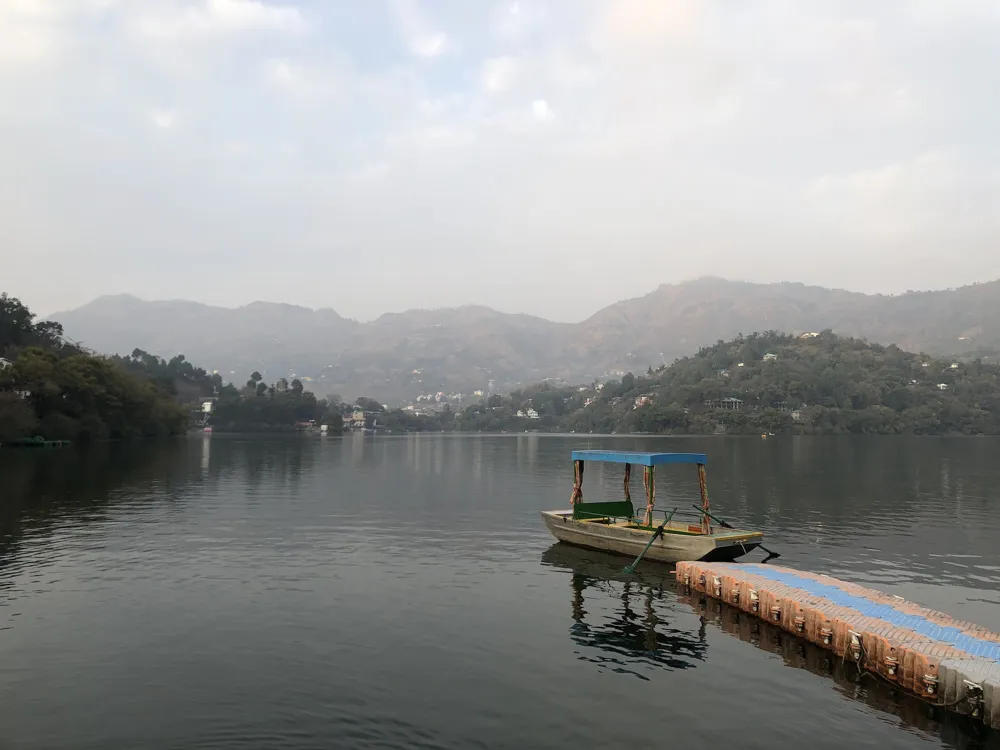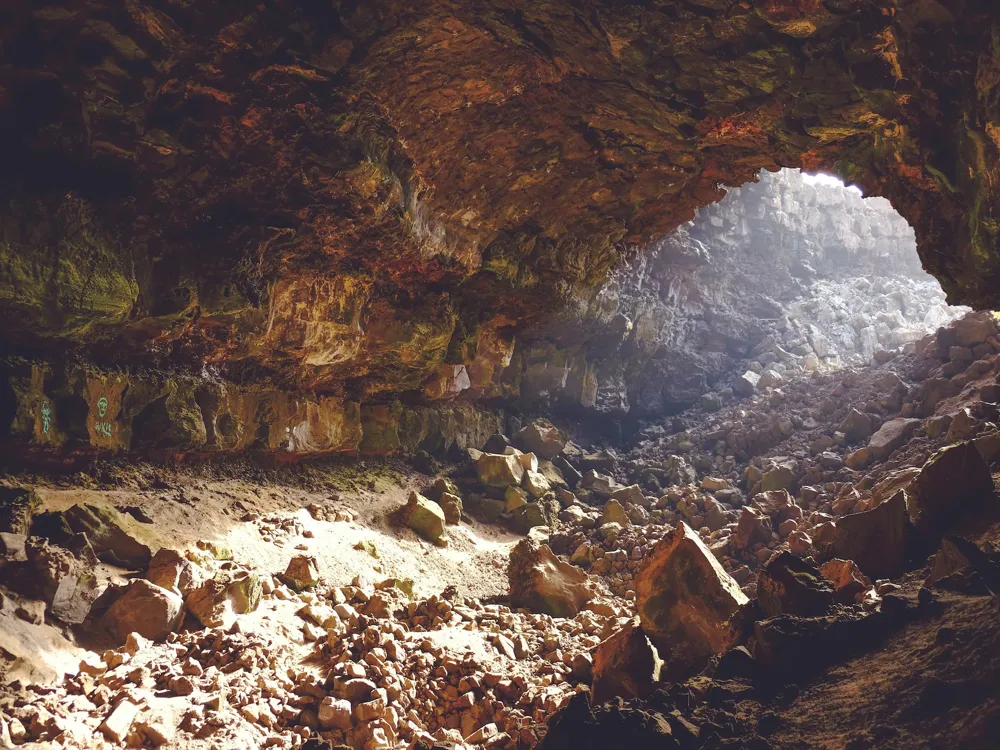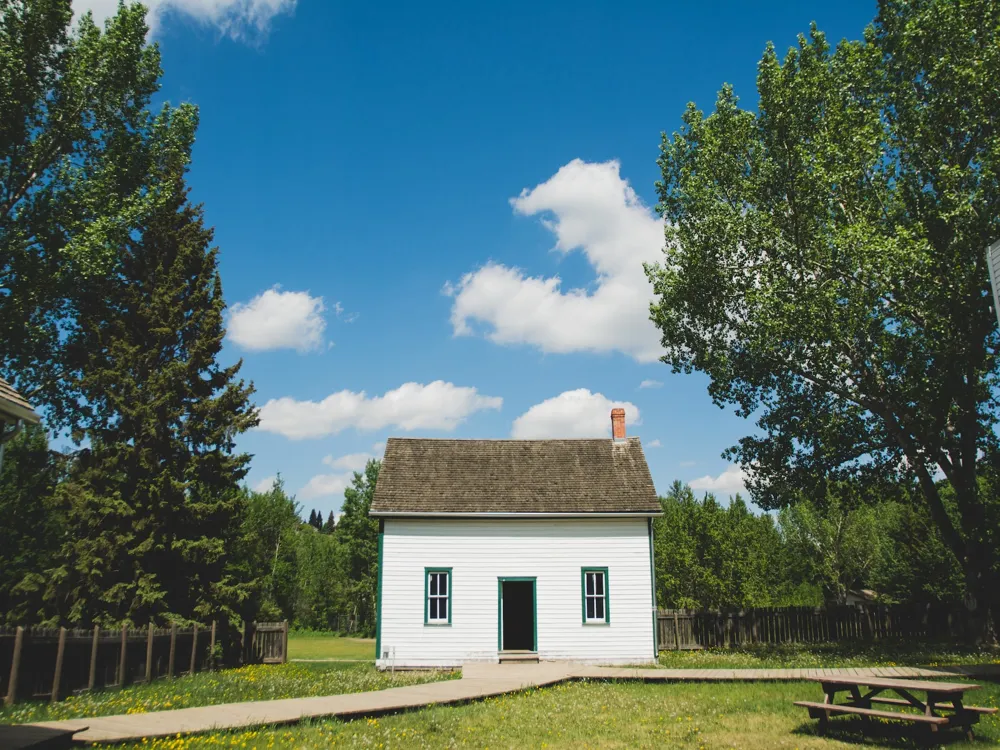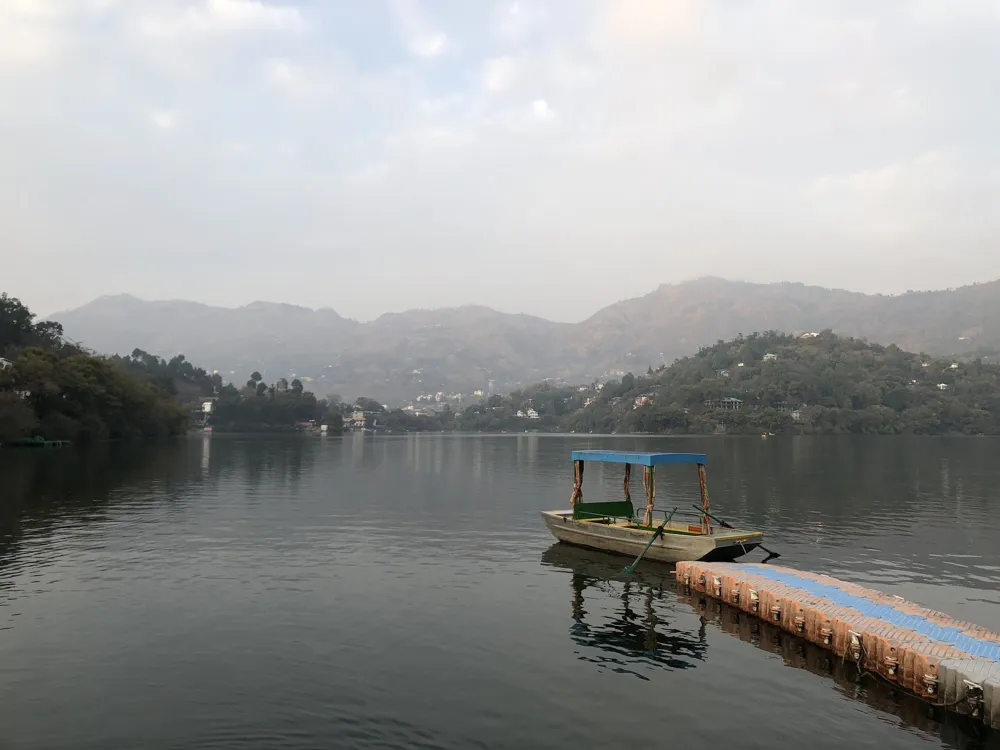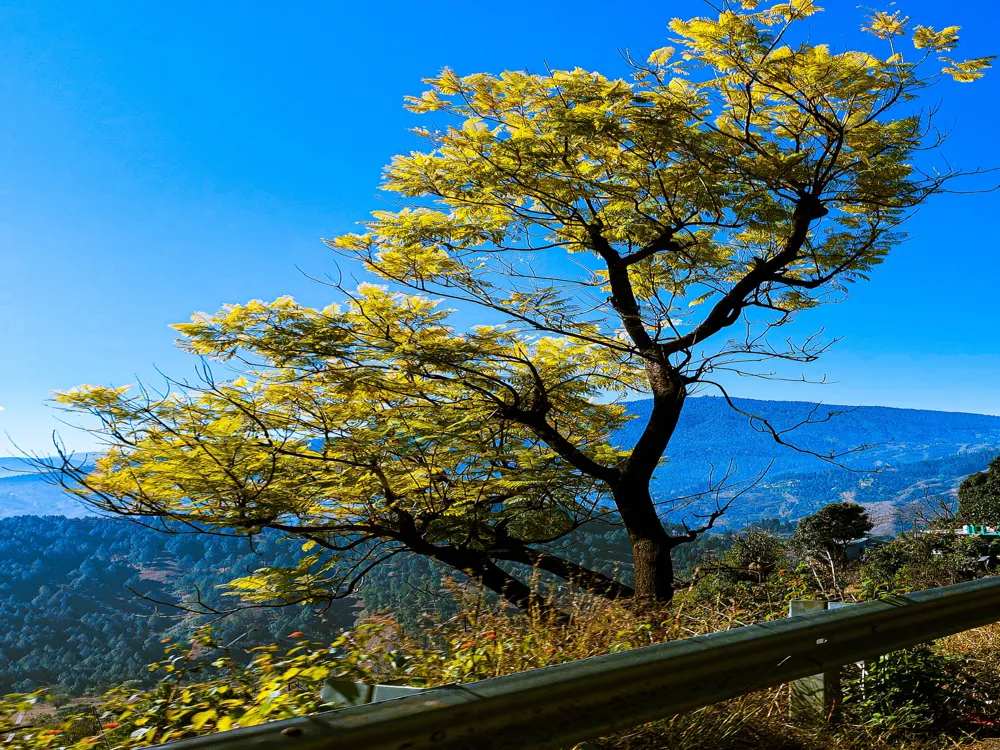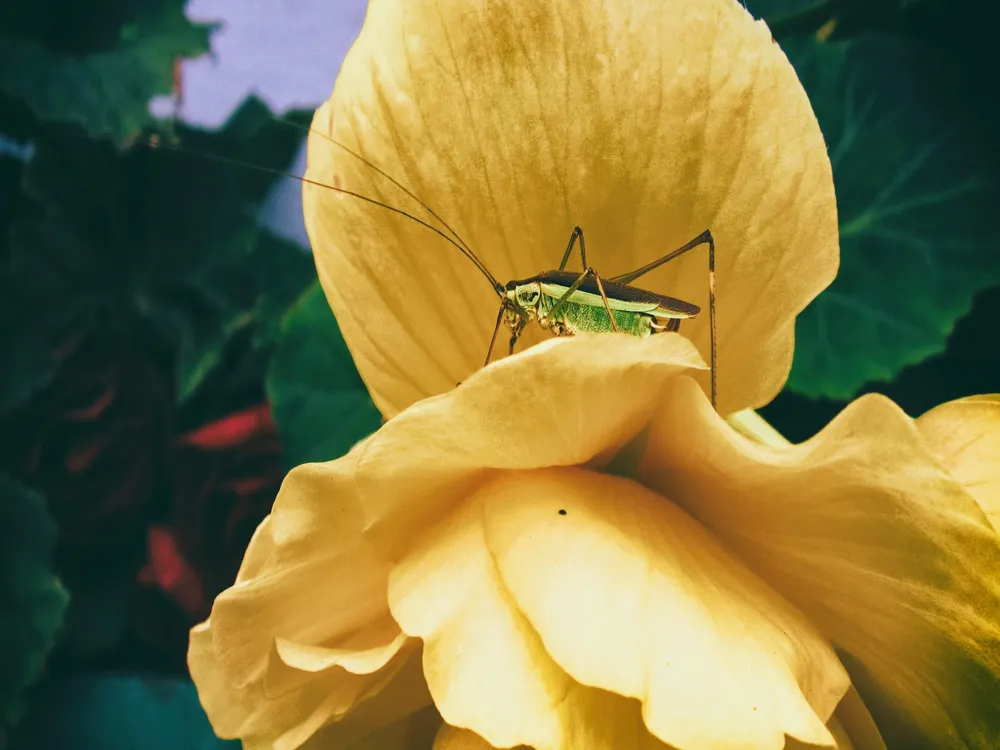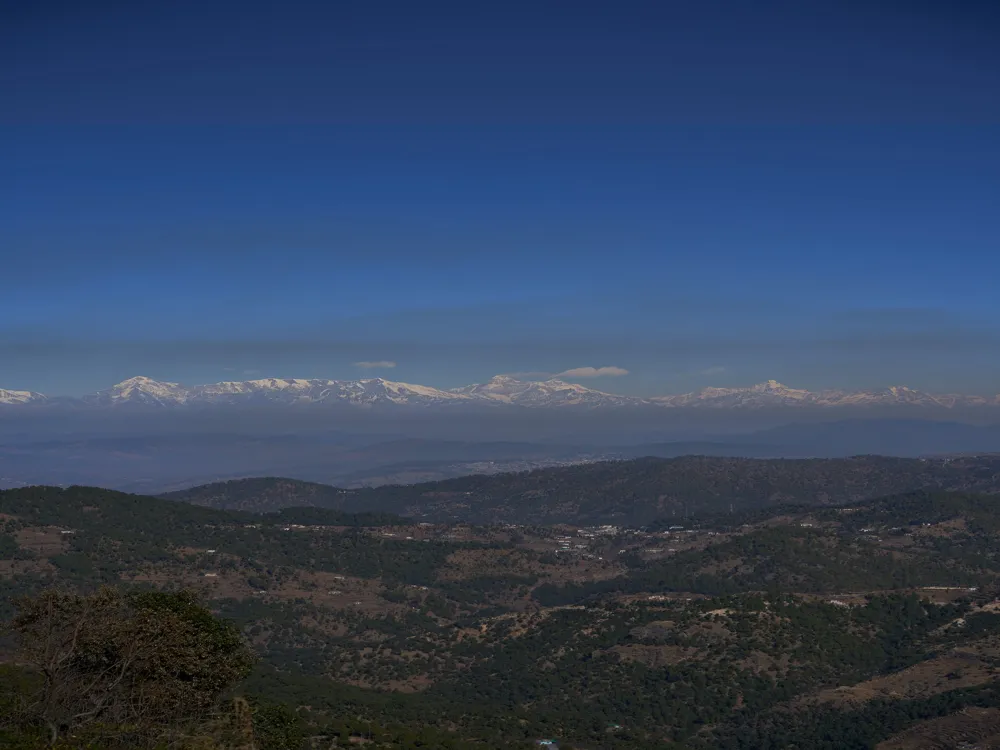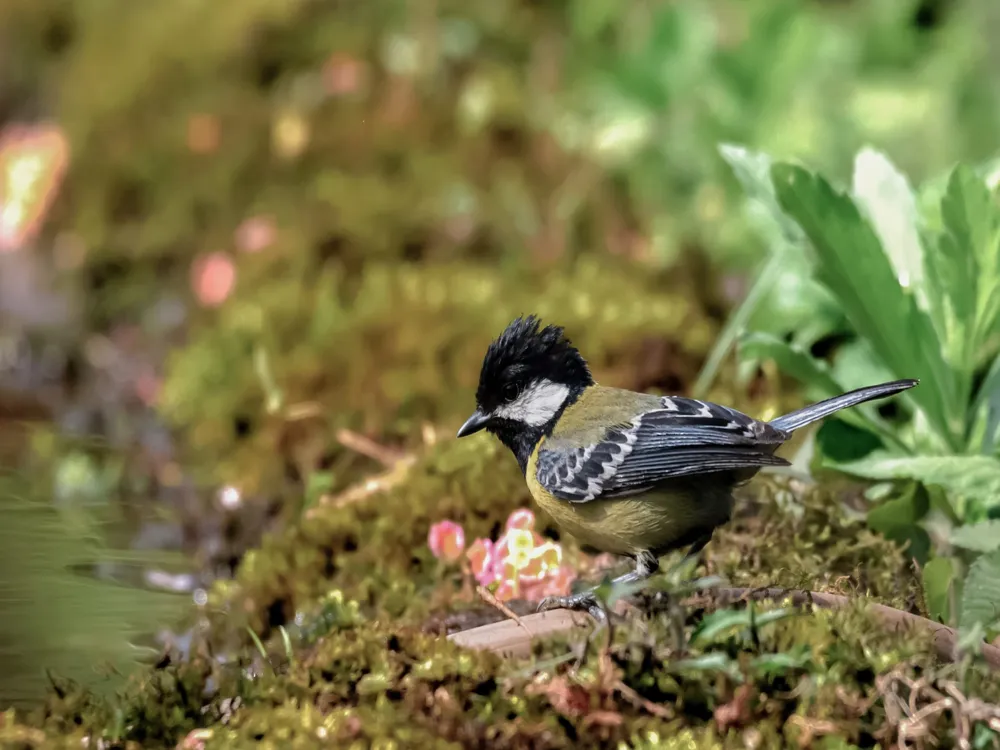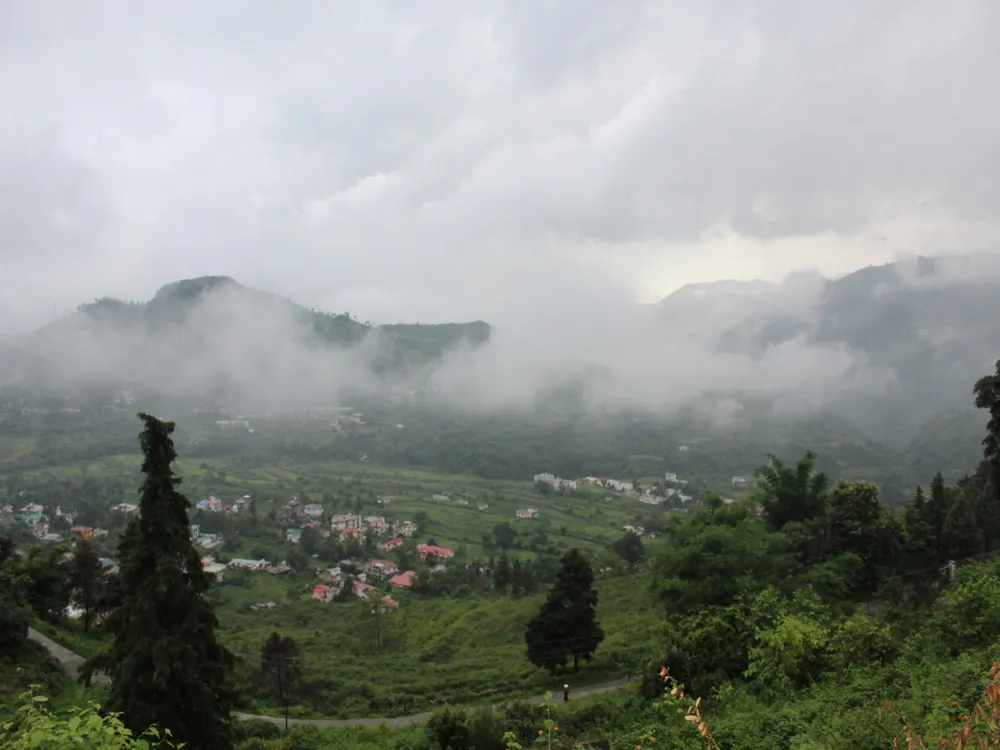Sitabani, a serene and picturesque area located near Nainital in the Indian state of Uttarakhand, is steeped in mythological significance and natural beauty. This tranquil spot, nestled amidst lush green forests and undulating landscapes, is not just a feast for the eyes but also a hub for spiritual seekers and nature enthusiasts. It's believed to be the place where Sita, the wife of Lord Rama in the epic Ramayana, spent her days during exile. The enchanting environment of Sitabani, with its rich flora and fauna, offers a peaceful retreat from the bustling city life. The legend of Sitabani is deeply embedded in the Hindu epic, Ramayana. According to the lore, it is here that Sita, after being banished from Ayodhya, found refuge and later raised her twin sons, Luv and Kush. The area is dotted with ancient sites and temples that bear testament to its mythological importance. The Sitabani Temple, dedicated to Sita, is a significant pilgrimage spot for devotees, drawing thousands each year who come to pay homage and soak in the spiritual aura of this sacred place. The region around Sitabani is a part of the larger Corbett Landscape, a biodiversity hotspot. The dense forests of Sitabani are home to a variety of wildlife, including numerous species of birds, making it a paradise for bird watchers. The flora is equally diverse, with a wide range of medicinal plants and exotic flowers, adding to the allure of this natural haven. Sitabani also holds historical and cultural significance. The area is replete with ancient ruins and relics that hint at a rich past. The architecture of the temples and the artifacts found in the vicinity suggest a confluence of different historical eras and cultural influences. In recent years, Sitabani has emerged as a destination for eco-tourism and adventure activities. The natural trails and the rugged terrain provide an ideal setting for trekking, mountain biking, and nature walks. Local initiatives also offer cultural immersion experiences, allowing visitors to engage with the traditional lifestyle and crafts of the region. The architecture of Sitabani is a unique amalgamation of historical, cultural, and natural elements, creating a mesmerizing landscape that captivates visitors. The architectural marvels in this region are not just structures but narrators of the past, standing as silent witnesses to the rich history and mythology of the area. The most prominent architectural feature of Sitabani is its ancient temples. These temples, constructed centuries ago, exhibit a mix of architectural styles, from traditional Hindu to influences from later periods. The intricate carvings, statues, and frescoes in these temples are not just religious symbols but also a testament to the artistic prowess of the craftsmen of the time. The architectural style of Sitabani's temples is characterized by intricate stone work, ornate facades, and elaborate carvings depicting scenes from Hindu mythology. The use of local materials, such as stone and wood, in construction, reflects a harmonious blend with the natural surroundings. The layout of these temples often follows the traditional Vastu Shastra, an ancient Indian system of architecture and design. Efforts have been made in recent years to preserve and restore the ancient architecture of Sitabani. These initiatives aim to maintain the structural integrity of the temples while respecting their historical and cultural significance. The restoration work also provides insights into the architectural techniques and materials used in ancient times. Contemporary architecture in Sitabani also draws inspiration from its rich heritage. Modern constructions in the area often incorporate elements of traditional design, blending the old with the new. This approach not only pays homage to the architectural history of the region but also ensures a continuity of cultural expression. The ideal time to visit Sitabani is between October to June when the weather is pleasant, making it conducive for exploring and sightseeing. Visitors should be mindful of local customs and traditions, especially when visiting religious sites. Dressing modestly and showing respect at temples is recommended
Overview of Sitabani, Nainital, Uttarakhand
Mythological Significance
Flora and Fauna
Historical and Cultural Aspects
Modern Attractions
Architecture of Sitabani
Ancient Temples
Architectural Style
Preservation and Restoration
Modern Interpretations
Tips When Visiting Sitabani
Best Time to Visit
Respect Local Customs
Sitabani
Nainital
Uttarakhand
₹ 4,500 onwards
View nainital Packages
Weather :
Tags : Forest
Timings : 24 hrs
Time Required : 1 - 2 days
Entry Fee : No Entry Fee
Planning a Trip? Ask Your Question
Nainital Travel Packages
View All Packages For Nainital
Top Hotel Collections for Nainital

Private Pool

Luxury Hotels

5-Star Hotels

Pet Friendly
Top Hotels Near Nainital
Other Top Ranking Places In Nainital
View All Places To Visit In nainital
View nainital Packages
Weather :
Tags : Forest
Timings : 24 hrs
Time Required : 1 - 2 days
Entry Fee : No Entry Fee
Planning a Trip? Ask Your Question
Nainital Travel Packages
View All Packages For Nainital
Top Hotel Collections for Nainital

Private Pool

Luxury Hotels

5-Star Hotels

Pet Friendly







